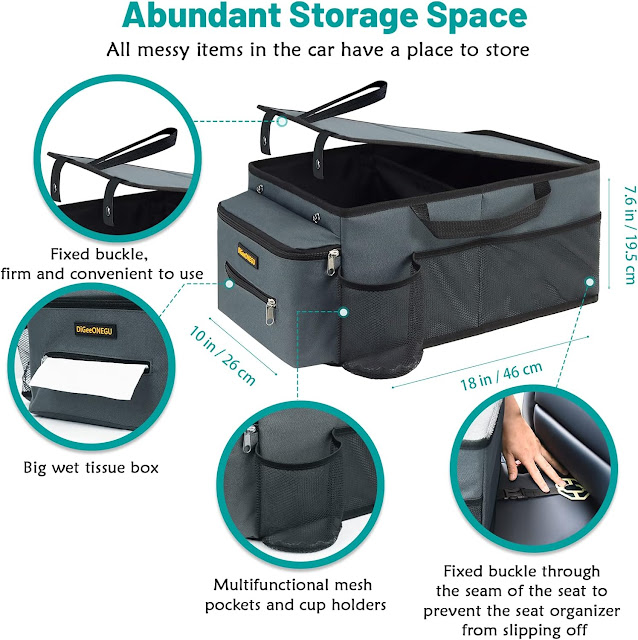For those who aren’t in the know, Microsoft will end support for Windows 10 on October 15, 2025. This is not something to be afraid of; operating systems and other software generally have a limited shelf life, and Windows 10 will join Windows 8, 7, XP, 2000, Millennium Edition, 98, various NTs, 95, and 3.1 and earlier as unsupported.
But first, let me ask the rhetorical question Why do we need a modern operating system that's as secure as possible? Answer: Because the internet is a horrible place. For all the good that a great global network of constantly-on communications devices and computers has done for economic uplift, it has also created new risks to people’s livelihoods, life savings, and mental health.
The good news in all this is that Microsoft isn’t requiring too much in the way of expensive hardware to get a machine certified to run Windows 11. Basically, any Intel Core series with an 8000 or higher number, or an AMD Ryzen with a 2000 or higher number will do. However, if you're using a computer older than 2nd Gen Ryzen or 8th Gen Intel, you should know that while there are plenty of people out there who have managed to load Windows 11 on hardware well into the “Core 2Duo” era, they have really only done so to see if they could. If you're absolutely married to your current hardware and you have the tech chops to be your own IT department, this is an option, albeit one that I don’t recommend.
A better option is purchasing newer hardware on the Microsoft approved list. If you aren't a tech person, there are companies that purchase “off warranty” corporate IT gear and refurbish it for the market. My normal place to purchase a refurbished computer is
Newegg.com, and so what follows is current as of the time of this article's publication:
Desktops
An Intel Core i5-8500T refurbished business desktop already loaded with Win 11 Pro can be had for under $200 US at Newegg. If that’s your budget and you're fine with a basic web browsing and productivity software suite box, that’s probably the best option for people who are not very tech oriented.
Laptops
Unfortunately for mobile users, Windows 11 laptops that are affordable (under the $200 mark) are on the underpowered side, using Celeron and Pentium processors with a small amount of RAM. These budget laptops will work for basic email, web browsing, and streaming media, but they lack significant onboard storage.
TPM 2.0
Another option is if you're running hardware on the approved list, but somehow your system fails the Microsoft Windows 11 upgrade health check. Generally this is due to a lack of a TPM 2.0, or Trusted Platform Module, on the motherboard. Depending on your motherboard you may be able to purchase a TPM 2.0 module and plug it in, but buyer beware! Some manufacturers use a 12 pin, some 14, and some 20 pin modules, so be sure of what you need before you purchase. Once the TPM is installed, Windows 11 can make use of that hardware to perform whole drive encryption to help secure your system and data.
Linux
The desktop-oriented Linux distributions of today are much easier to use than they were when I first started playing around with Slackware Linux in the late 1990s. If you know nothing about Linux, an easy choice is
Linux Mint, which is a derivative of Ubuntu which is downstream from Debian. Debian is a free operating system that is community-supported, whereas Ubuntu is a “corporate Linux distribution” supported by Canonical. This means Mint benefits from both crowdsourced bug fixes and improvements from Debian, as well as corporate security updates and “polish” from Canonical.
While Linux is much more user-friendly than it used to be, it’s still rather picky about who it's friends with. If you have a basic computer with integrated graphics from AMD or Intel, there should be no issues with graphics drivers, but if you have an Nvidia graphics card then Linux can be dicey right now. If all you need is a machine to surf the web, send/receive email, maybe play a few retro-games on an emulator, Linux is great.
Notice I didn’t mention “streaming” there, as most streaming platforms aren't Linux friendly due to proprietary Digital Rights Management (DRM) software. If nothing else, you can load Linux on a legacy PC and
set it up as a Network Attached Storage (NAS) file server to make your own network-attached storage appliance.
My Plan
I plan to go Windows 11 for my wife and two sons' desktops if I can get TPM modules that work for their motherboards, and also purchase my wife a Windows 11 laptop. My wife’s old desktop and laptop will have their files backed up to our NAS and migrated to the new machine. My “beater laptops” (refurbished government computers with built-in
CAC smart card readers) will likely end up running Ubuntu since that is the desktop distribution most common where I work.
Erin had to ask me to clarify a lot of this, so if you need things explained please leave a comment and I'll help as best I can.





















